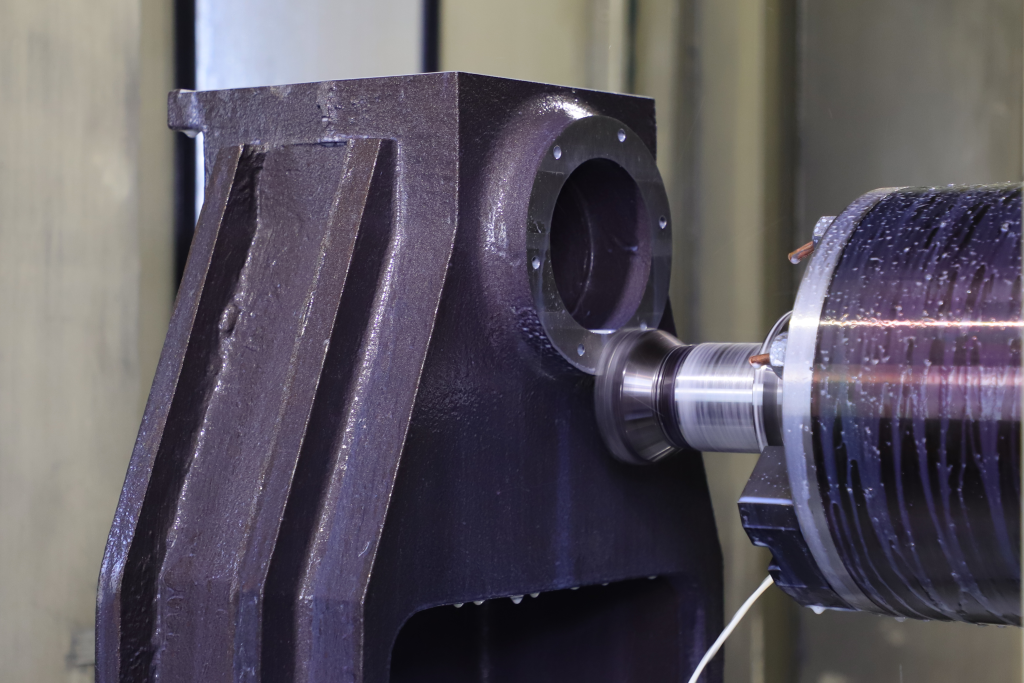In the world of machining, achieving absolute accuracy is impossible. Instead, the goal is to ensure that any machining errors remain within the tolerance limits specified in the part drawings. If this is achieved, the machining accuracy is considered acceptable. At Qingdao CHUANGYU, we adhere to a strict ISO9001 quality management system, with tolerances for precision machining parts as tight as 0.01mm.
What is Machining Accuracy?
Machining accuracy refers to how closely the actual geometric parameters of a part—such as size, shape, and position—match the intended design after machining. The difference between these two sets of parameters is known as machining error. Machining accuracy is generally classified into three categories: dimensional accuracy, shape accuracy, and position accuracy.
Factors Affecting Machining Accuracy
Several factors can influence machining accuracy, including:
- Process System Errors: These include geometric errors within the process system, such as inaccuracies in the machine tool’s geometry, manufacturing defects in tools and jigs, and misalignment of the workpiece. Deformations caused by forces, thermal expansion, and internal stresses during machining can also impact accuracy.
- Machine Tool Errors: These may include radial and axial runout errors during spindle rotation, guide rail straightness errors in both horizontal and vertical directions, and errors in the machine’s drive chain. Additionally, inaccuracies in tool measurement and thermal deformation of the process system can also contribute to machining errors.
- Thermal Deformation: Heat generated during cutting, friction, and other processes can cause both the workpiece and tool to deform, leading to inaccuracies. This is why precision machine tools are often housed in temperature-controlled environments.
- Internal Stress Deformation: Residual stresses from the cutting process can cause the workpiece to deform over time. To mitigate these errors, various corrective machining processes like turning, milling, grinding, and cutting are employed to restore accuracy.
For instance, using an older milling machine to shape aluminum alloy products (200 x 20 x 400mm) can achieve parallelism, perpendicularity, and flatness within 0.03mm. Similarly, high-precision lathes can be used to machine slender shafts, and old wire-cut machines can maintain coaxiality within 0.02mm for certain parts.
Machining Standards
Machining accuracy is typically measured using tolerance grades. The higher the grade, the more precise the machining; conversely, a higher numerical value indicates a larger error. High machining accuracy corresponds to a smaller machining error. There are 20 tolerance grades, ranging from IT01 (the highest) to IT18 (the lowest). Generally, IT7 and IT8 are considered medium accuracy levels.
At Qingdao CHUANGYU, we follow the ISO 2768 standard, maintaining metal tolerances at +/- 0.005″ (+/- 0.127mm). For plastic and composite materials, the tolerance is +/- 0.010″, unless otherwise specified by the customer.
Why Choose Qingdao CHUANGYU?
The overall quality of a machine depends on the machining and assembly quality of its parts. At Qingdao CHUANGYU, we offer a wide range of materials (over 30 types) and surface treatments (10 different kinds) to customize CNC parts for startups and engineers. Our commitment to quality and precision ensures that your parts meet the highest standards.
By understanding these key aspects of machining accuracy, you can make informed decisions about your manufacturing processes and ensure that your parts meet the required specifications.

